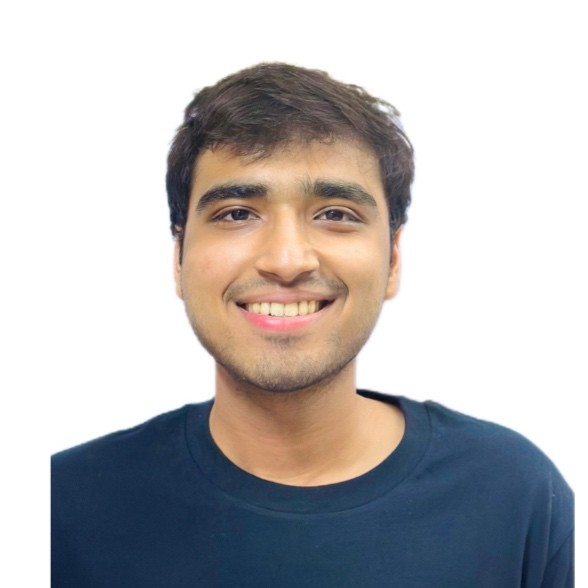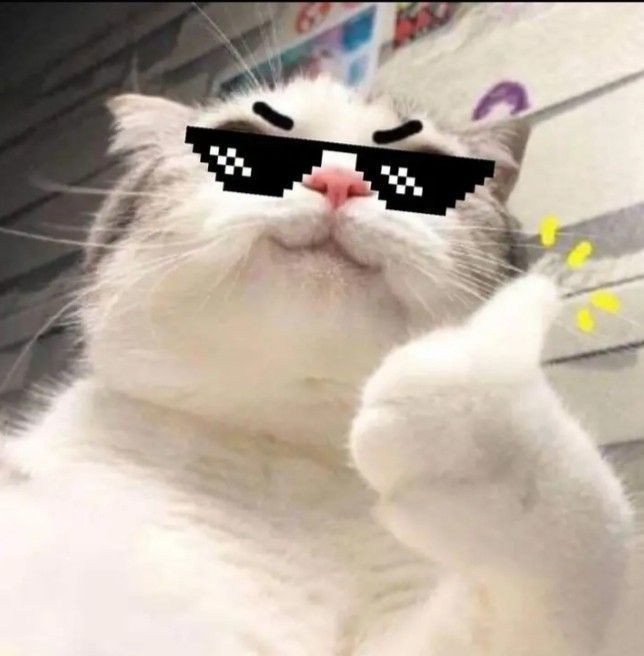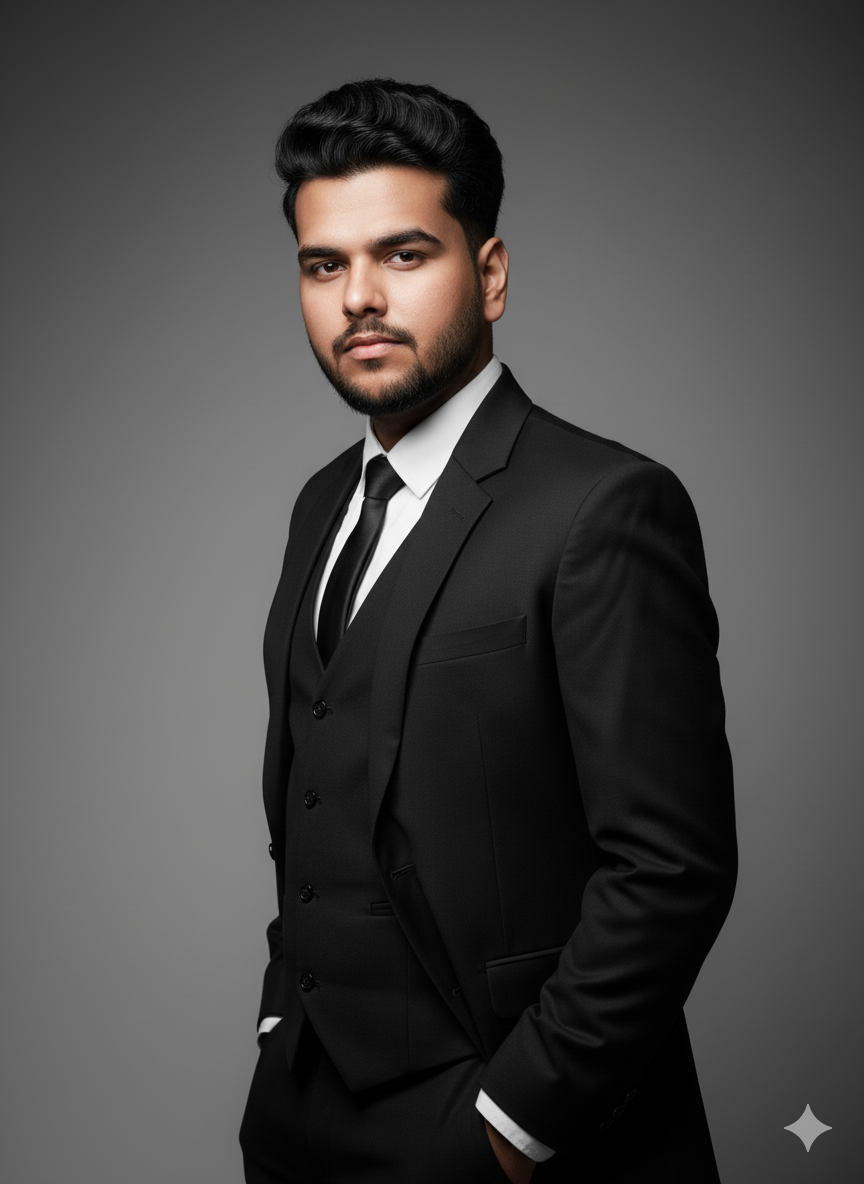Back
Vishnu Dileesh
Engineer | Entrepren... • 4m
How a Side Project Became the World’s Third-Biggest Phone Brand It starts with a sea of sameness. A wall of plastic. Rows of cheap phones, all chasing the same idea in slightly different packaging. And in China—a country known for building the world but rarely for inventing it—something shifted. Little Rice by Clay Shirky tells that story. Not of domination. But of a company that wasn’t supposed to stand out. Xiaomi—literally “little rice”—didn’t launch with a breakthrough. No moonshot. No keynote moment. Just one bet: build software first. Hardware later. And move so fast no one could catch them. Ship the Thing Before the Thing Before Xiaomi had a phone, they had an interface: MIUI. It was clean. Customizable. Built on Android but tweaked weekly based on community feedback. It didn’t launch to fanfare. It launched to nerds. Tinkerers. People who wanted to feel involved. By the time the first Xiaomi phone hit the market, users weren’t just ready. They were already in. That’s the indie builder playbook—before product, build presence. Launch what feels small, but creates gravity. MIUI was Xiaomi’s version of a blog post, a newsletter, a weird little tool. Something to start the loop before the product was even real. Let the Product Market Itself Xiaomi didn’t buy billboards. They didn’t run polished ads. They gave users something to brag about. Shareable badges after updates. Limited-edition themes. Inside jokes that only power users got. The marketing wasn’t separate. It was baked into the experience. You see it in how indie tools spread: Fathom’s public dashboard. Nomad List’s leaderboards. ConvertKit’s “creator first” framing. When the product is the message, you don’t need a launch party. You just need something worth passing around. Start Local. Stay Fast. Western tech chased cities with disposable income and glossy stores. Xiaomi did the opposite. They leaned into second-tier markets. Built trust in places no one else thought were worth the effort. And they made sure the price point hit exactly right. Not aspirational. Just reachable. Shenzhen factories meant they could prototype and ship at speeds that made quarterly updates feel glacial. They didn’t just build fast—they built publicly, iteratively, out loud. Weekly software updates. Flash sales. Low inventory. High FOMO. The system wasn’t just agile—it was alive. Copy, Then Flip Yes, Xiaomi borrowed. From Apple. From Google. But it was never carbon copy. It was remix. They built an ecosystem—phones, wearables, routers, even rice cookers—that fed back into one unified experience. Apple vision. Amazon speed. Xiaomi price tag. For indie hackers, it’s a reminder: you don’t need to invent everything. You just need to rearrange it in a way that makes more sense for the people you’re serving. Start with their real life. Then build the stack. Platforms Aren’t Neutral Xiaomi’s rise happened in a place where every post, every feature, every public move carried weight. China’s growth was explosive—but the rules weren’t optional. Build too fast, and the government noticed. Say too much, and the rules shifted. Public voice was leverage—but also risk. It’s the same for indie builders now. You don’t just use APIs—you depend on them. You don’t just “own” your platform—you borrow it. App stores change terms. Email platforms kill deliverability. Growth channels vanish overnight. The faster you grow, the more you’re at the mercy of the people upstream. Build like you’re renting. Because you are. The Xiaomi Test What Xiaomi did wasn’t luck. It was craft. Start before you’re ready. Build for the edges. Not the cool cities. Turn users into marketers. Ship more than you explain. Don’t out-innovate—out-adapt. And never forget who actually holds the keys. Because the future doesn’t always arrive with a keynote. Sometimes it shows up in a cheap phone, a fast update, and a product no one expected to matter. Sometimes it starts as little rice. And grows from there.
More like this
Recommendations from Medial
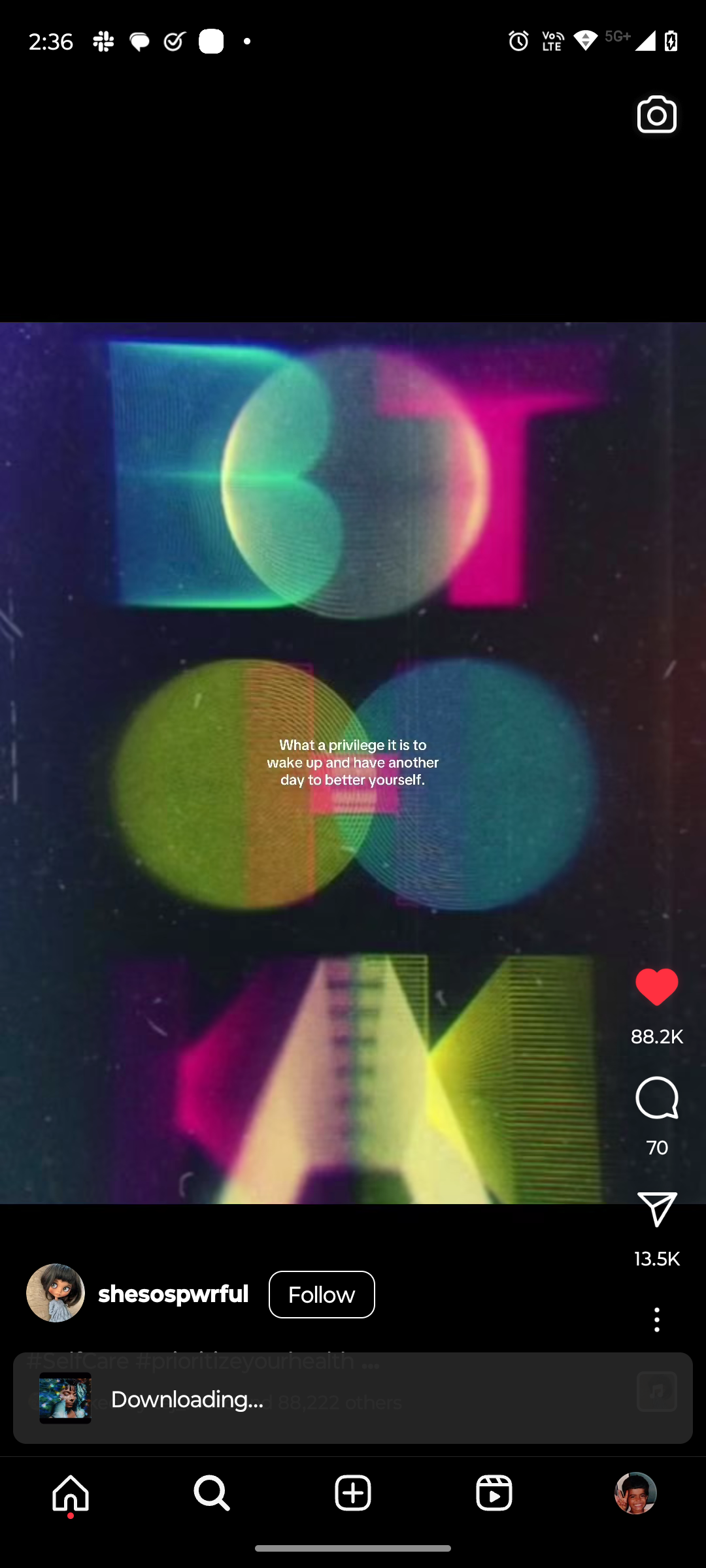

Anonymous
Hey I am on Medial • 6m
Ashneer Grover is not a founder—he’s a walking tantrum in a branded shirt, high on entitlement and loudmouth delusion. He didn’t build BharatPe with vision, he built it with VC money he treated like personal allowance. IIT-IIM may back his resume,
See More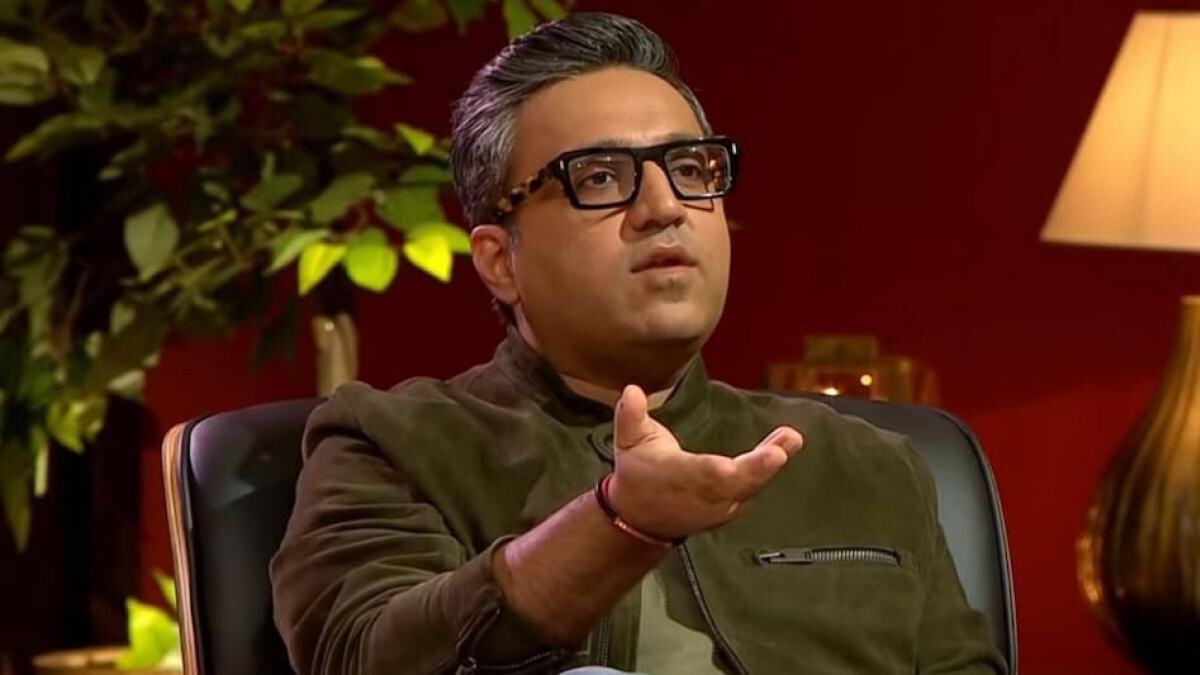
Account Deleted
Hey I am on Medial • 7m
Xiaomi gets a reality check in India. They trolled Apple and their users when they launched 15 Ultra, this was in print ads. Usually, flagship release quarter turns out to be a massive sales quarter for a company. But things went down south pretty fa
See More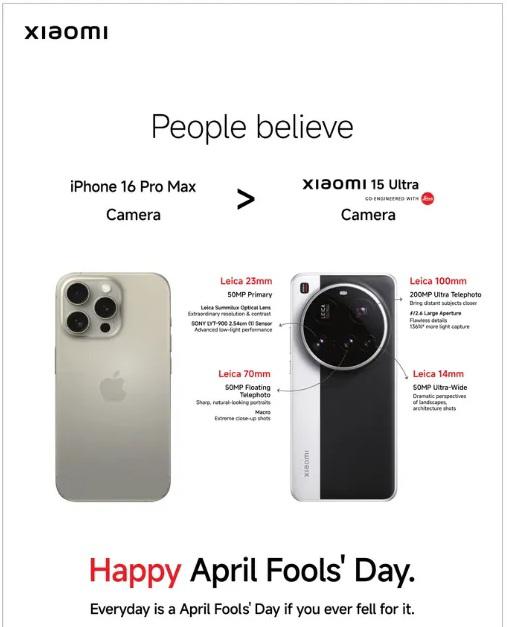
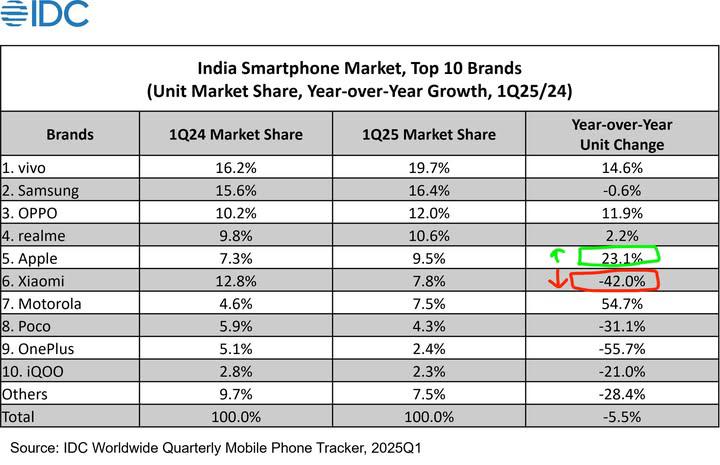
Ansh Kadam
Founder & CEO at Bui... • 7m
This is how Bajaj sold 1.8+ Cr. Pulsars — not just with an engine, but with emotion. Back in the day, Bajaj was dominating Indian roads with its iconic Chetak scooter — so much so that people were willing to wait 10 years just to get one. But the w
See More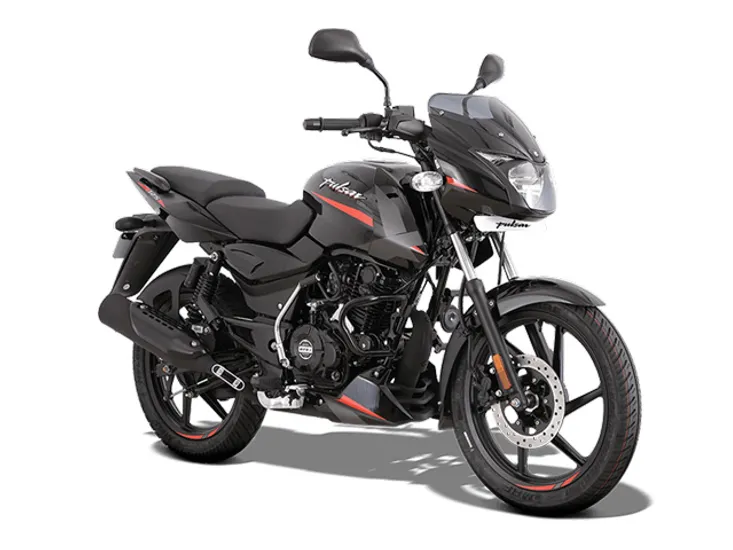
Only Buziness
Everything about Mar... • 1m
NVIDIA isn’t just a chipmaker—it’s the brain behind the AI revolution. From powering gaming graphics to training ChatGPT-like models, NVIDIA mastered one thing: timing. While others saw GPUs as gaming tools, NVIDIA saw them as the future of computing
See MoreVishnu Dileesh
Engineer | Entrepren... • 4m
It starts with a CD and a stamp. Not a pitch deck. Not a visionary memo. Just a car ride, a rant about Blockbuster late fees, and a weird little test: mail a CD in an envelope, see if it survives. That’s how Netflix got started—before the red envel
See MoreDownload the medial app to read full posts, comements and news.




